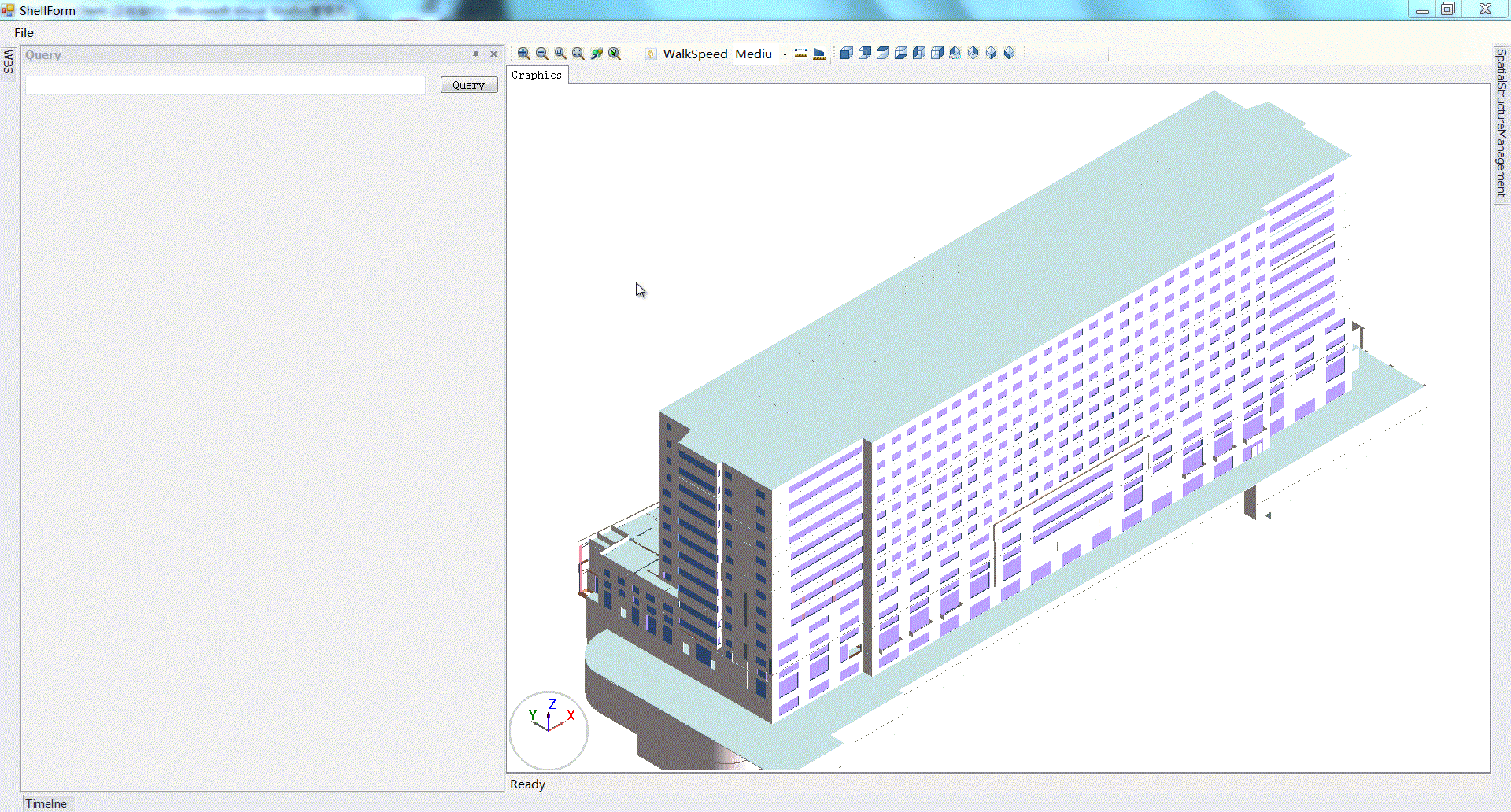A Natural‐Language‐Based Approach to Intelligent Data Retrieval and Representation for Cloud BIM
Computer‐Aided Civil and Infrastructure Engineering, 2015
Recommended citation: Lin, J., Hu, Z.*, Zhang, J., Yu, F. (2016). A Natural‐Language‐Based Approach to Intelligent Data Retrieval and Representation for Cloud BIM. Computer‐Aided Civil and Infrastructure Engineering, 31, 18-33. doi: 10.1111/mice.12151 https://onlinelibrary.wiley.com/doi/full/10.1111/mice.12151
Abstract
As the information from diverse disciplines continues to integrate during the whole life cycle of an Architecture, Engineering, and Construction (AEC) project, the BIM (Building Information Model/Modeling) becomes increasingly large. This condition will cause users difficulty in acquiring the information they truly desire on a mobile device with limited space for interaction. The situation will be even worse for personnel without extensive knowledge of Industry Foundation Classes (IFC) or for nonexperts of the BIM software. To improve the value of the big data of BIM, an approach to intelligent data retrieval and representation for cloud BIM applications based on natural language processing was proposed. First, strategies for data storage and query acceleration based on the popular cloud‐based database were explored to handle the large amount of BIM data. Then, the concepts “keyword” and “constraint” were proposed to capture the key objects and their specifications in a natural‐language‐based sentence that expresses the requirements of the user. Keywords and constraints can be mapped to IFC entities or properties through the International Framework for Dictionaries (IFD). The relationship between the user’s requirement and the IFC‐based data model was established by path finding in a graph generated from the IFC schema, enabling data retrieval and analysis. Finally, the analyzed and summarized results of BIM data were represented based on the structure of the retrieved data. A prototype application was developed to validate the proposed approach on the data collected during the construction of the terminal of Kunming Airport, the largest single building in China. The case study illustrated the following: (1) relationships between the user requirements and the data users concerned are established, (2) user‐concerned data can be automatically retrieved and aggregated based on the cloud for BIM, and (3) the data are represented in a proper form for a visual view and a comprehensive report. With this approach, users can significantly benefit from requesting for information and the value of BIM will be enhanced.

The authors would like to thank all the reviewers for their comments and suggestions. This research was supported by the National High Technology Research and Development Program (863 Program) of China (No. 2013AA041307), the National Natural Science Foundation of China (No. 51278274), and the Tsinghua University-Glodon Joint Research Center for Building Information Model (RCBIM).
Accession Number: WOS:000368000100003
ISSN: 1093-9687
eISSN: 1467-8667
IDS Number: DA7QV

Leave a Comment